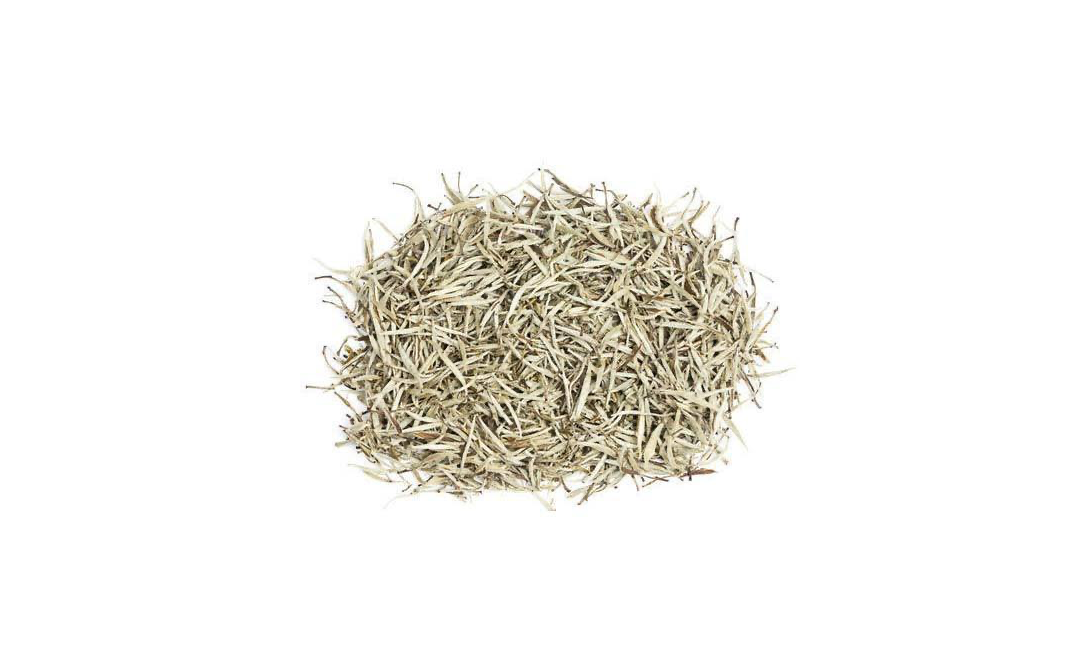


White tea has various types such as silver needle, white peony, tribute eyebrow, and long life eyebrow. All these types have different grades from top to least. Choose them according to the need.
White tea leaves may cause dizziness, insomnia and gastrointestinal issues due to its caffeine content. Excessive consumption of white tea may cause heart problems.(2)
- Disclaimer
"Information here is provided for discussion and educational purposes only. It is not intended as medical advice or product or ingredient review/rating. The information may not apply to you and before you use or take any action, you should contact the manufacturer, seller, medical, dietary, fitness or other professional. If you utilize any information provided here, you do so at your own risk and you waive any right against Culinary Communications Private Limited, its affiliates, officers, directors, employees or representatives.”
Description
White tea is one of the most delicate tea varieties as it is minimally processed. It developed during the era of early Chinese imperial dynasties between 600 to 1300. The Imperial tea tributes are considered as the earliest forms of white tea cultivated, not the one we know today. It is now obtained from Camellia sinensis plant, an evergreen bush native India and China. It is harvested before the leaves of the plant open fully and the young buds are still covered by fine white hairs, which gives it the name “white” tea. The unfurled leaves from the newest growth on the plant are handpicked and then dried. The white tea leaves are not allowed to oxidize as long as leaves are plucked for other teas like green or black tea production. White tea is lower in caffeine than green or black tea.